Blog
May 24, 2023 By Jake Drown
How to Approach Translating Sensitive Language for Subtitles

How to Approach Translating Sensitive Language for Subtitles Translating subtitles for sensitive language can be tricky, as it requires balancing cultural nuances, accuracy, and sensitivity. It's important to keep in mind the context and audience of the content being translated, as well as any potential cultural differences that may impact...
CONTINUE READINGMay 23, 2023 By Jake Drown
7 Common Issues with Voice Dubbing Services

7 Common Issues with Voice Dubbing Services Voice dubbing is a process that involves replacing the original audio track of a video or movie with a new one in a different language. This process can be challenging, as it requires a lot of coordination and resources to ensure that the...
CONTINUE READINGMay 22, 2023 By Jake Drown
Understanding Comma Confusion in Closed Captioning
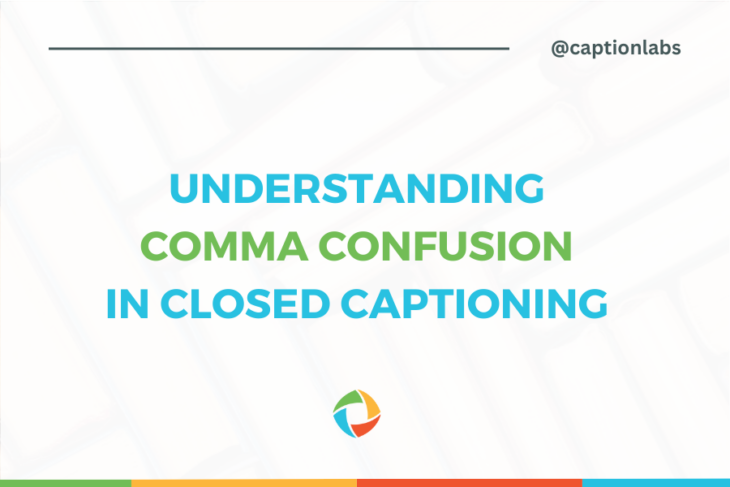
Understanding Comma Confusion in Closed Captioning Comma confusion is a common problem in the English language that can have significant implications, especially for closed captioning. Many people do not fully understand the proper usage of commas, which can lead to incorrect punctuation in captions. In this blog post, we will...
CONTINUE READINGMay 19, 2023 By Jake Drown
The Importance of Homophones in Closed Captions
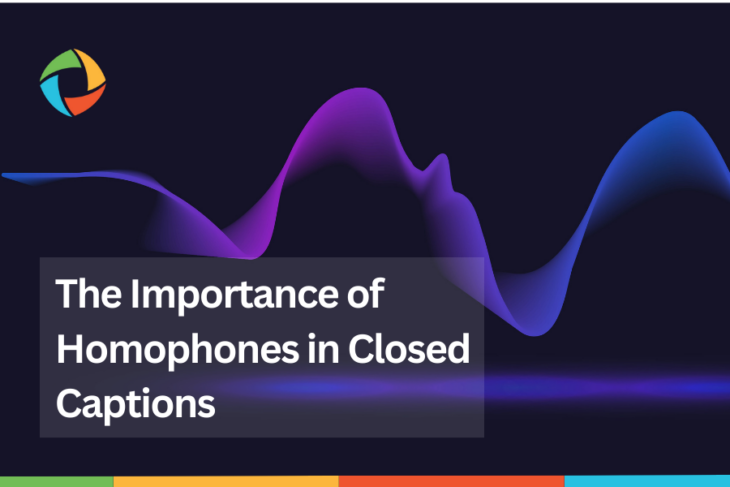
If you're familiar with closed captions, you may have noticed that they occasionally feature errors, particularly when it comes to homophones. Homophones are words that sound the same but are spelled differently and have different meanings. Inaccurate use of homophones in closed captions can lead to confusion for viewers and...
CONTINUE READINGMay 18, 2023 By Jake Drown
Simple Things, Big Difference: Transcription and Closed Captions
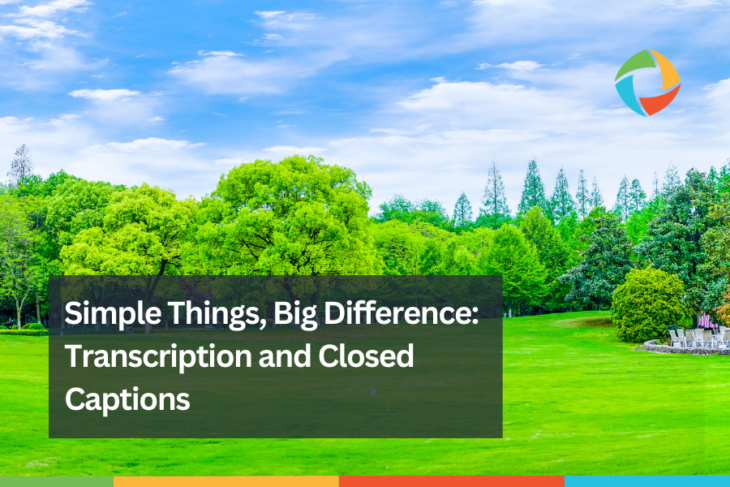
Simple Things, Big Difference: Transcription and Closed Captions In our fast-paced and busy lives, it's easy to overlook the simple things that make a big difference. Transcription and closed captions are two examples of these overlooked but essential elements of modern life. In this blog post, we'll explore why transcription...
CONTINUE READINGMay 17, 2023 By Jake Drown
The Timeless Connection Between Transcription and Communication
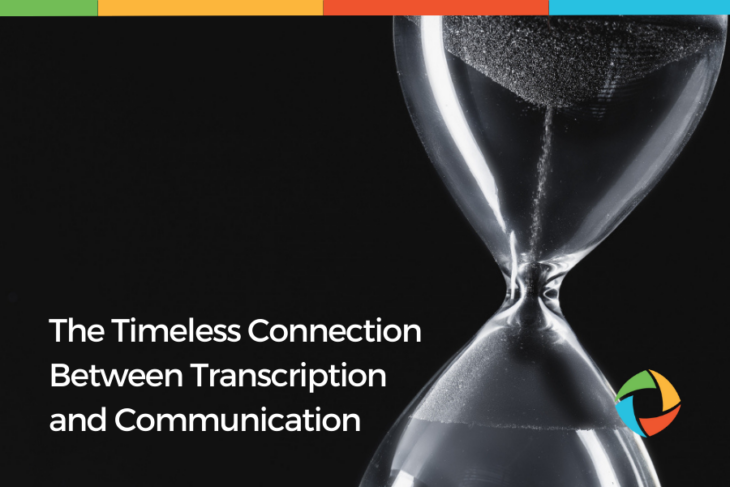
The Timeless Connection Between Transcription and Communication Have you ever wondered how messages have been sent and received throughout history? From ancient civilizations to modern-day communication, transcription has been a vital tool for understanding and transmitting the information. Ancient Forms of Transcription and the Development of Writing Systems Transcription has...
CONTINUE READINGMay 16, 2023 By Jake Drown
Mitigating Organizational Risk with Closed Captioning

Mitigating Organizational Risk with Closed Captioning As a business owner or content creator, it's important to understand the potential risks your organization faces. One major area of risk is the possibility of discrimination lawsuits due to inaccessible content. This can be especially true for videos and multimedia content not accompanied...
CONTINUE READINGMay 15, 2023 By Jake Drown
The Psychology of Closed Captioning: Increasing Viewer Engagement

The Psychology of Closed Captioning: Increasing Viewer Engagement Have you ever watched a video with closed captions and found yourself more engaged and better able to comprehend the content? You're not alone. Closed captioning can have a powerful impact on viewer engagement and retention, and understanding the psychology behind it...
CONTINUE READINGApril 19, 2023 By Jake Drown
The Battle of Automated Captions: Facebook vs YouTube
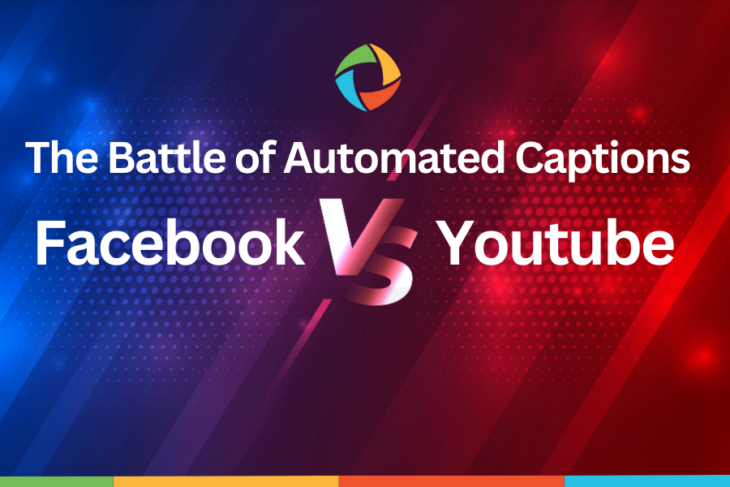
The Battle of Automated Captions: Facebook vs YouTube Are you tired of inaccurate captions on your social media videos? You're not alone! With more and more people using social media to share videos, it's essential to ensure that captions are accurate and accessible to everyone. In this blog post, we'll...
CONTINUE READINGApril 17, 2023 By Jake Drown
Why You Should Always Include Closed Captions in Videos
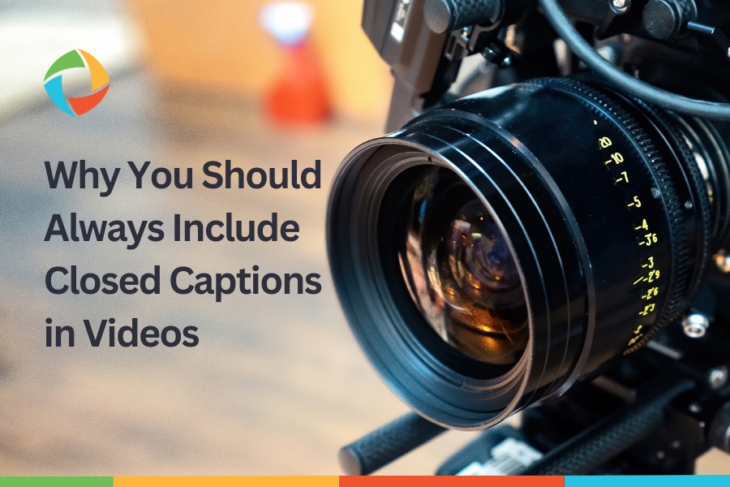
Why You Should Always Include Closed Captions in Videos Closed captions are an important tool to help ensure that everyone can access your video content, regardless of hearing ability. In this guide, you'll learn why having closed captions is valuable and how to include them in your videos. Closed Captions...
CONTINUE READINGApril 18, 2023 By Jake Drown
Is Your Ministry Meeting Accessibility Standards for Video Content?

Is Your Ministry Meeting Accessibility Standards for Video Content? As a decision-maker in your ministry, you understand the importance of reaching your audience effectively. Video content has become a critical tool for achieving this goal, but is your ministry meeting accessibility standards? Ensuring that your videos are accessible to all...
CONTINUE READINGApril 12, 2023 By Jake Drown
Why You Should Invest in a Professional Closed Captioning Company for Your Facebook and YouTube Videos
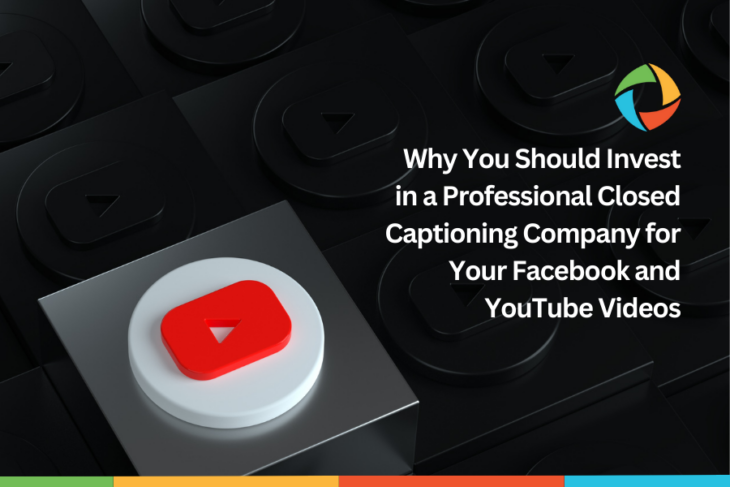
Why You Should Invest in a Professional Closed Captioning Company for Your Facebook and YouTube Videos As a business owner or marketer, you know that creating video content for Facebook and YouTube is essential for reaching your target audience. But have you considered the importance of closed captions for these...
CONTINUE READINGApril 14, 2023 By Jake Drown
The Evolution of Captioning: Why Human Nuance Matters for Accessibility
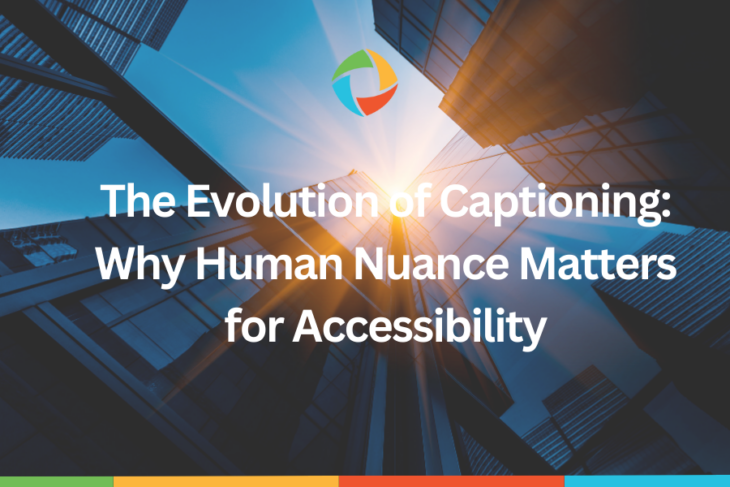
The Evolution of Captioning: Why Human Nuance Matters for Accessibility Captioning has come a long way since its inception. From its humble beginnings as a way to help deaf and hard-of-hearing people connect with television shows, it has now become an indispensable tool for millions of people around the world....
CONTINUE READINGApril 13, 2023 By Jake Drown
Captions are Key to Improving User Experience and Watch Time on Youtube
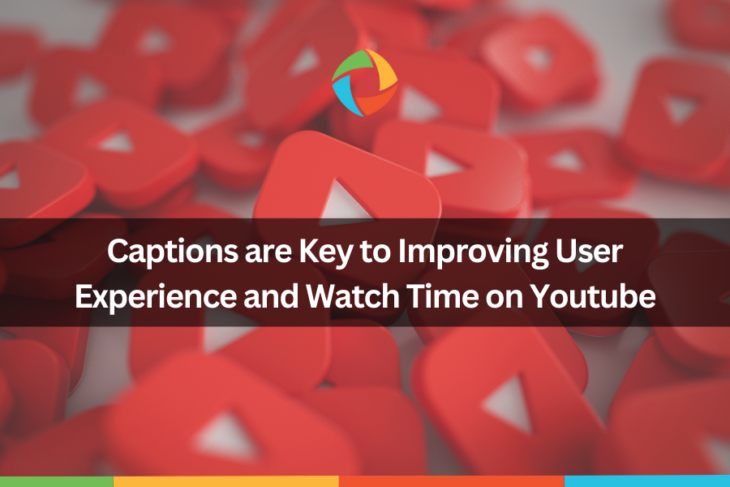
Youtube Video Captioning is the process of transcribing and synchronizing text with video content to create accessible captions. Captioning not only benefits viewers who are deaf or hard of hearing but also improves the user experience for those who watch videos in noisy environments or in a different language. This...
CONTINUE READINGApril 11, 2023 By Jake Drown
The History of Transcriptions in Presidential Speeches

The History of Transcriptions in Presidential Speeches Transcripts have become an essential aspect of video content in today's digital age. They provide accessibility to individuals who are deaf or hard of hearing, as well as those who prefer to read the text of the speech. While transcriptions have become ubiquitous...
CONTINUE READINGApril 10, 2023 By Jake Drown
Boost Your Facebook Ads with Human-Generated Captions

Boost Your Facebook Ads with Human-Generated Captions In today's fast-paced digital world, capturing your audience's attention on Facebook is more challenging than ever. That's why you need to use every tool at your disposal, including captions. In this post, we'll explore how human-generated captions can boost your Facebook ad engagement...
CONTINUE READINGApril 07, 2023 By Jake Drown
The Benefits of Closed Captioning to Your Business

The Benefits of Closed Captioning for Your Business: A Quick Guide Are you looking for ways to make your content more accessible and reach a wider audience? Closed captioning might be the solution you're looking for. With closed captions, you can provide a written version of your audio and video...
CONTINUE READINGApril 06, 2023 By Jake Drown
5 Essential Skills Every Closed Captioner Needs to Master

If you're looking to become a closed captioner, there are several key skills you'll need to master. Closed captioning is the process of adding text to a video to provide a written version of the audio content, making it accessible to those who are deaf or hard of hearing, as...
CONTINUE READINGMarch 21, 2023 By Jake Drown
Lost in Translation: The Human Factor in High-Quality Audiovisual Localization
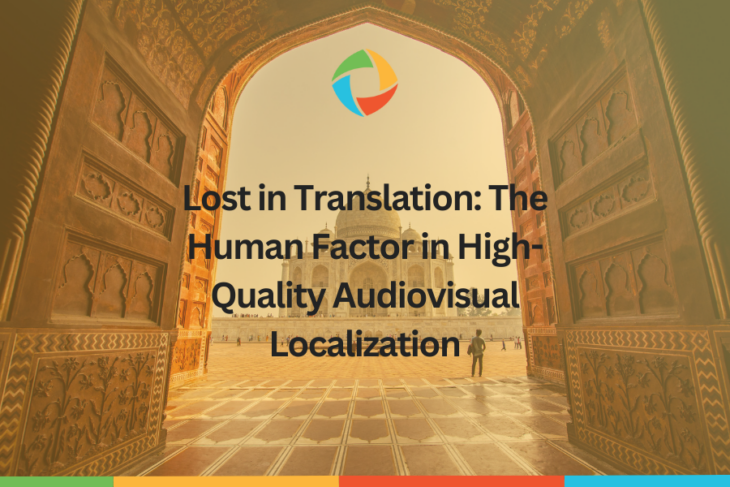
Lost in Translation: The Human Factor in High-Quality Audiovisual Localization Do you remember watching a foreign movie with dubbed audio that didn't match the characters' lip movements or cultural nuances? It can be quite distracting and take away from the overall viewing experience. That's why native language experts are crucial...
CONTINUE READINGMarch 20, 2023 By Jake Drown
Demystifying Closed Captioning: Understanding Key Terms for Business Owners
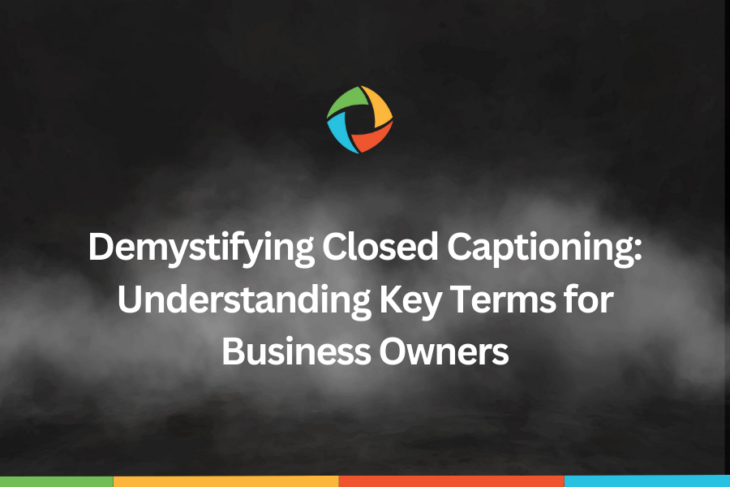
Demystifying Closed Captioning: Understanding Key Terms for Business Owners Are you a business owner looking to improve the quality of your closed captioning services? Do you find that certain words and concepts related to closed captioning can be difficult to understand? Fear not, as we are here to help! In...
CONTINUE READINGMarch 17, 2023 By Jake Drown
Captions: The Future of Special Needs Education

For special needs schools and institutions, providing quality education is essential. However, traditional methods of teaching can fall short when it comes to accommodating different learning styles and abilities. That's where captions come in - they can be a game-changer in creating a more inclusive learning environment. Captions are a...
CONTINUE READINGMarch 16, 2023 By Jake Drown
Why Professional Captioning Services are Essential for Your Movie
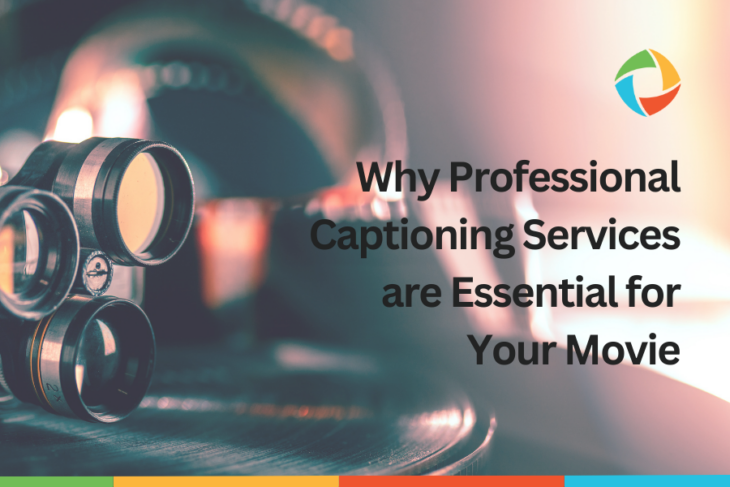
Why Professional Captioning Services are Essential for Your Movie Are you a movie producer looking to create a high-quality movie that resonates with a wide audience? Captions can make a significant impact on the quality of your movie and enhance the viewing experience for all audiences. Professional captioning services can...
CONTINUE READINGMarch 08, 2023 By Jake Drown
The Importance Of Accurate Captioning For Your Online Videos
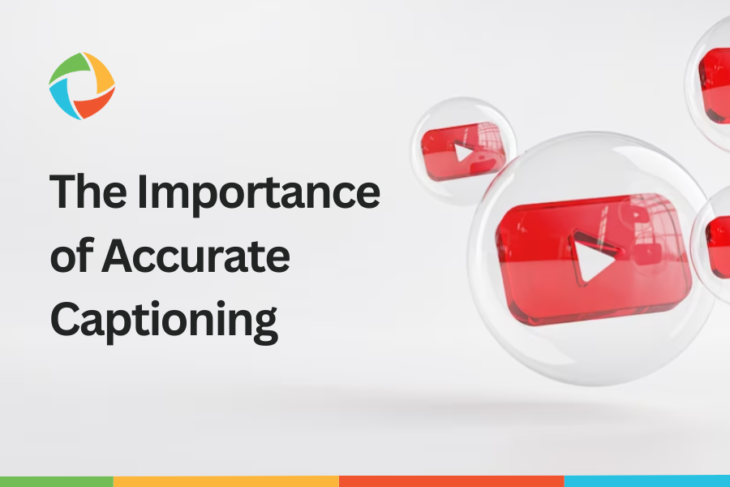
The Importance of Accurate Captioning For Your Online Videos YouTube and Facebook are two of the most popular social media platforms for video sharing, and captioning and subtitling your videos can help make them more accessible to a wider audience. While YouTube and Facebook both offer automated captioning options, these...
CONTINUE READINGMarch 07, 2023 By Jake Drown
Captioning: Context clues or no context clues?

Captioning: Context clues or no context clues? Captioning is a crucial tool that provides accessibility for deaf and hard-of-hearing viewers, as well as non-native speakers and those watching in noisy environments. When creating captions, one important consideration is whether to include context clues or not. In this blog post, we...
CONTINUE READINGMarch 06, 2023 By Jake Drown
The Untapped Market Potential of the Deaf and Hard of Hearing

The Untapped Market Potential of the Deaf and Hard of Hearing Businesses often overlook the market potential of the deaf and hard of hearing, despite the fact that this demographic represents a large and growing consumer base. Here are some key points to consider when tapping into this untapped market...
CONTINUE READINGMarch 01, 2023 By Jake Drown
Closed Captioning for Webinars and Virtual Events: A Must-Have for B2B Marketing

Closed Captioning for Webinars and Virtual Events: A Must-Have for B2B Marketing Webinars and Virtual events have become increasingly popular among businesses, but not all attendees may be able to easily follow the spoken content. One feature that can benefit both attendees and businesses is closed captioning. It is a...
CONTINUE READINGMarch 01, 2023 By Jake Drown
Closed Captioning on TV : The Pioneers

The Pioneers of Closed Captioning on TVClosed captioning on television has come a long way since its early days, and much of its progress is owed to the pioneers who made it all possible. These innovators worked tirelessly to develop the technology and standards that made closed captioning a reality,...
CONTINUE READINGFebruary 24, 2023 By Jake Drown
Enhancing Corporate Training Programs with Closed Captioning

Enhancing Corporate Training Programs with Closed Captioning Want to improve your corporate training programs? Consider closed captioning your training videos. Closed captioning provides a textual representation of the audio in a video and offers many benefits to your employees. One benefit is the dual sensory learning experience it provides. Closed...
CONTINUE READINGFebruary 23, 2023 By Jake Drown
Why Your Business Needs Closed Captioning: The Benefits of Accessibility
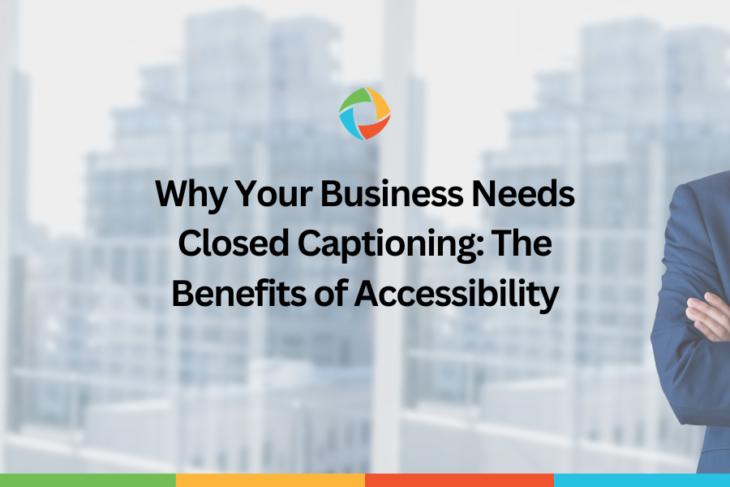
Why Your Business Needs Closed Captioning: The Benefits of Accessibility As businesses expand their digital footprint, it's essential to consider the needs of all audiences, including those who are deaf or hard-of-hearing. Closed captioning is crucial for making digital content accessible to all, and it offers several benefits to businesses....
CONTINUE READINGFebruary 22, 2023 By Jake Drown
Improving Language Learning and Comprehension with Closed Captioning

Improving Language Learning and Comprehension with Closed CaptioningFor non-native speakers of a language, learning and comprehending spoken content can be a daunting challenge. While traditional language learning methods, such as classes and textbooks, can be helpful, they may not be enough to fully understand the nuances and complexities of spoken...
CONTINUE READINGFebruary 21, 2023 By Jake Drown
Choosing the wrong captioning company can hurt your ministry – here’s what to look for
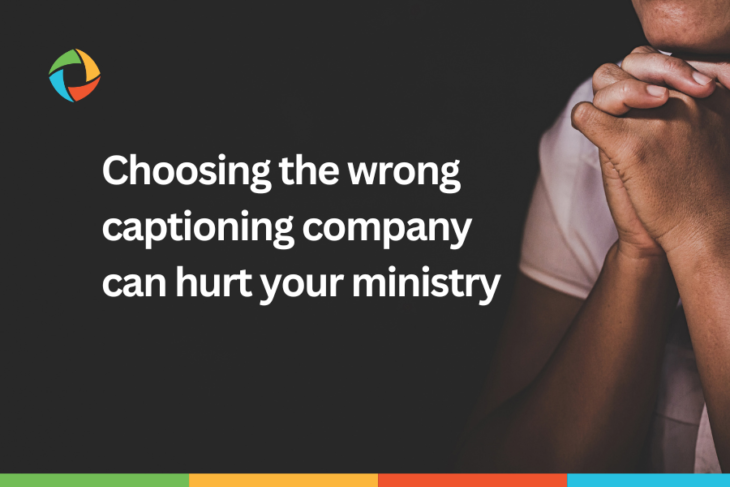
Choosing the wrong captioning company can hurt your ministry - here's what to look forChoosing the right captioning company is crucial for closed captioning your church or ministry's video content. It makes content accessible to all members of your congregation and FCC compliant. Many ministries make critical mistakes when selecting...
CONTINUE READINGFebruary 20, 2023 By Jake Drown
The Sound of Silence: Why Accessible Communication is a Human Right

The Sound of Silence: Why Accessible Communication is a Human Right Communication is a fundamental aspect of human life, and everyone should have the right to access and participate in it. For people with disabilities, however, this is not always the case. Accessible communication is a human right that is...
CONTINUE READINGFebruary 17, 2023 By Jake Drown
The Debate of Human-Generated vs AI-Generated Captions: Which is Right for You?

The Debate of Human-Generated vs AI-Generated Captions: Which is Right for You?Captioning is an essential part of digital media, providing an accessible and engaging experience for viewers. When it comes to captioning options, there are two primary choices: Human-Generated vs AI-Generated Captions. In this article, we'll explore the differences between...
CONTINUE READINGFebruary 16, 2023 By Jake Drown
Inclusivity in the Church: Catering to Special Needs Individuals

Inclusivity in the Church: Catering to Special Needs Individuals Churches have a responsibility to create welcoming and inclusive environments for all members of their communities. This includes those with special needs, who often face unique challenges when it comes to participating in religious activities. Inclusivity in the church is not...
CONTINUE READINGFebruary 15, 2023 By Jake Drown
5 Reasons Why Transcriptionists are the Unsung Heroes of the Information Age
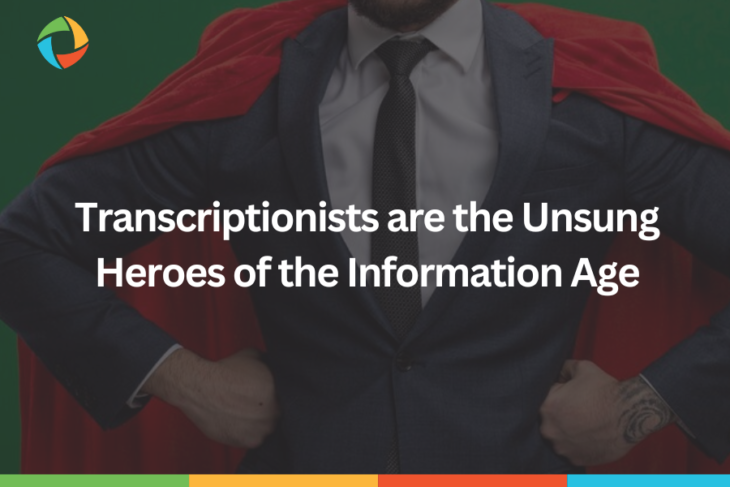
5 Reasons Why Transcriptionists are the Unsung Heroes of the Information Age: Transcriptionists are the backbone of the information age. They are playing a crucial role in converting speech into text and making important information accessible to a wider audience. They ensure that everyone can access the knowledge they need,...
CONTINUE READINGFebruary 09, 2023 By Jake Drown
5 Issues with Closed Captioning Your Own Videos

Close captioning is a great way to make videos more accessible to viewers who are hard of hearing or deaf. Unfortunately, it can often be tricky to implement with your own videos, and there are plenty of issues that you may encounter. This article will discuss 5 of the most common issues associated with close captioning your own videos, so you can be better prepared for the task.
Issue 1: Finding the Time to Do It
Close captioning is a very time-consuming process and it is often difficult to find time to do it in your own schedule. Not only does it take time to actually add the captions, but you also have to watch the video while creating the captions, which can take significantly longer than the actual captioning. It’s a good idea to break the video down into smaller parts, so you can work on it in more manageable chunks, but it still takes a lot of time to get the job done.
CONTINUE READINGFebruary 09, 2023 By Jake Drown
Empowering the Deaf and Hard of Hearing

Closed Captioning services are providing a much-needed lifeline to deaf and hard of hearing individuals, allowing them to access critical media content that would otherwise be inaccessible. By providing a text-based translation of the audio, a third-party captioning service can provide those with hearing impairments the same access to audio-based content as their hearing peers. This can include television shows, movies, educational videos and lectures, and even video calls and conferences.
CONTINUE READINGJuly 17, 2019 By David Appelt
The Power of Video Content on Social Media

The Power of Accessible Video on Social Media The Streaming Revolution has made it possible, among other things, for the average person to spend roughly 38 hours per week watching video content (40% of which is streamed, often on mobile devices). Forty-four percent of people watch more than 5 videos...
CONTINUE READINGApril 24, 2019 By David Appelt
The Universality of Digital Video and the Need for Closed Captions
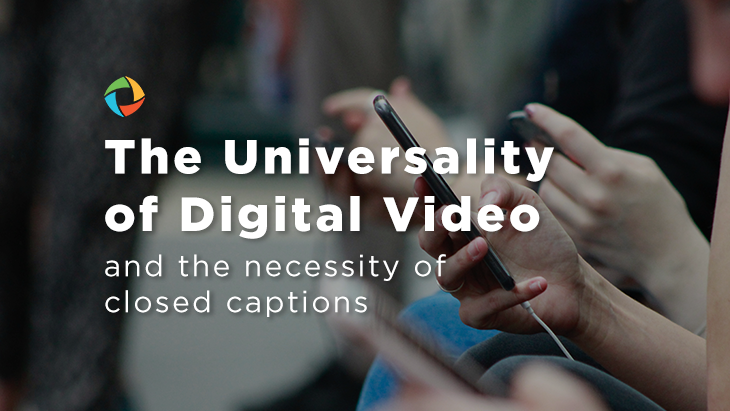
The world where your content is competing is a world where closed captions and subtitles are necessary, if not more necessary than ever—according to multiple digital media usage studies.
CONTINUE READINGApril 12, 2019 By David Appelt
Closed Captioning: Why you should care about accuracy
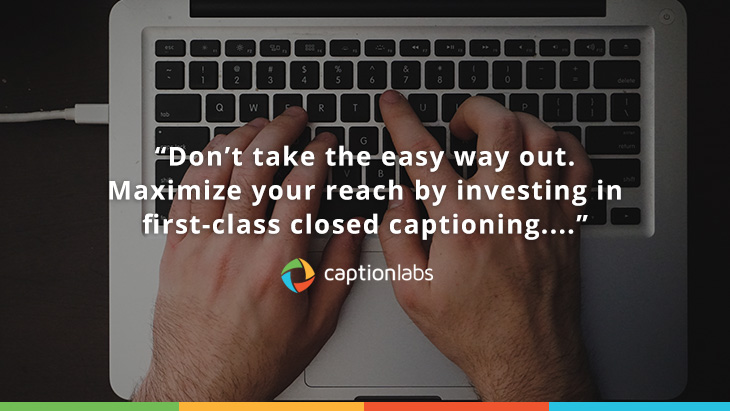
Closed captioning and subtitles are not given primary consideration very often. Most of the time, this means that closed captioning gets pushed to the bottom of your list. Your video may end up with the necessary captions, but they might not be helpful, professional, or up to FCC specifications.
CONTINUE READINGJune 20, 2017 By Ben Kalb
Get the Highest Social Media Engagement with Captions

Have you noticed the trend lately? Social media feeds are no longer showing just simple text or images. Now we’re seeing social media platforms shift quickly and favorably toward video. So why is this shift happening? Because the social giants know users are engaging with video more often than plain text or images…
CONTINUE READINGMay 22, 2017 By Ben Kalb
Beyond Spoken Words: The Depth of Accuracy

Quality captions don’t just get the words right, they express every sound and nuance that’s happening on screen. This belief is more than a commitment to showing integrity in our work—it’s a matter of upholding basic, necessary accuracy.
CONTINUE READINGApril 27, 2017 By Ben Kalb
The FCC Cracks Down on Quality Standards
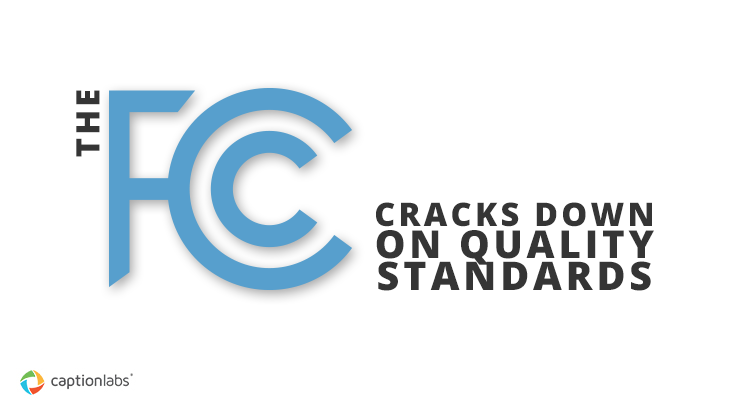
Discount companies are using shortcuts and claim high accuracy at low costs, which sounds pretty good, right? But the FCC isn’t looking for “pretty good”—it’s mandating perfection.
CONTINUE READINGMarch 29, 2017 By Ben Kalb
The Tax and SEO Benefits of Closed Captioning

Who would’ve guessed that tax benefits and SEO go together? It’s true for closed captioning. Not only does closed captioning provide accessibility to and benefit a broader audience, but there are several benefits to your business as well—two of which are tax credits and SEO.
CONTINUE READINGFebruary 17, 2017 By Ben Kalb
Closed Captions – Not Just for the Hearing Impaired
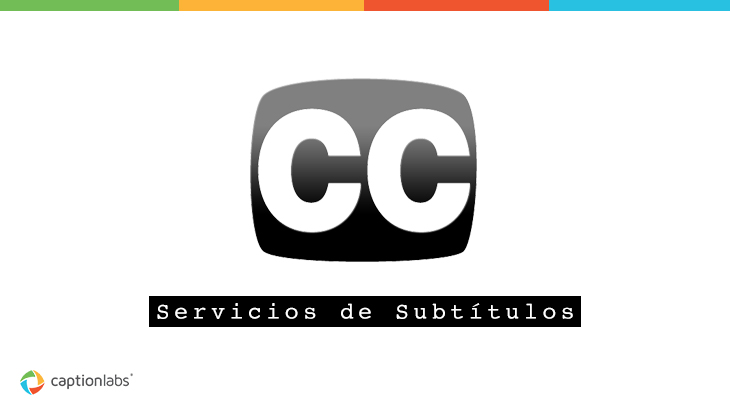
Closed captioning adds value, whether an audience is hearing impaired or not. With the increase of films distributed globally, closed captioning will play an important role in reaching audiences who previously would have trouble understanding the original content.
CONTINUE READINGJanuary 25, 2016 By Ryan Hawthorne
Closed Captions, Super Bowl Commercials and the 5-Minute Exemption

The 50th anniversary Super Bowl game is coming up in February.
That means COMMERCIALS, of course. I confess that I actually walk to the kitchen to grab another slice of pizza when play resumes just so I don’t miss those silly commercials.
CONTINUE READINGJanuary 18, 2016 By Jake Drown
At the Tipping Point
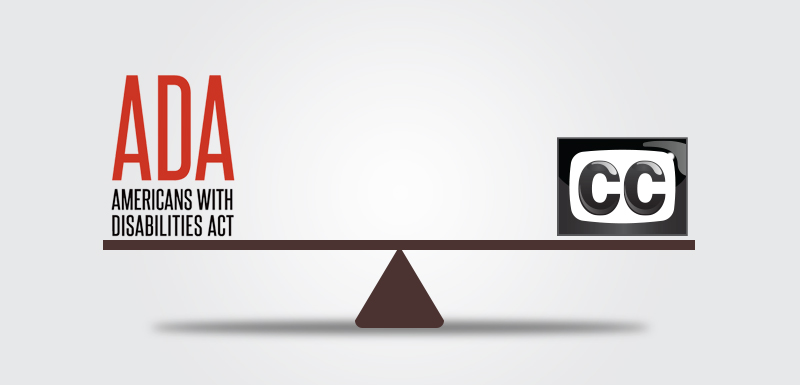
In the same way the ADA required ramps on buildings, closed captioning should be required on all online video content for the hearing impaired.
CONTINUE READINGJanuary 08, 2016 By Bianca Johnson
New Year, New Resolutions… for Closed Captioning

Like a lot of you, I begin the New Year by making a few personal improvement resolutions.
This year I started thinking about some of the most common attitudes and concerns of the potential clients that call us for closed captioning services every day. What if they took the time to set some resolutions around the services provided by companies like CaptionLabs?
CONTINUE READINGJanuary 07, 2016 By Robin Walters
Attention Marketing: Closed Captioning Increases SEO

There’s been some debate lately about whether search engine optimization (SEO) is dead. It’s true that millennials are splitting their searches between the traditional Google and a host of other topic-specific sites that share consumer ratings of products and services. These days, millennials want to know what their friends think about a service before buying.
CONTINUE READINGNovember 24, 2015 By Robin Walters
The Human Face of a Commodity Driven Service

Last week I received a call from a gentleman out west who asked if we could help him caption a video. It wasn’t just any video, it was his wedding. Turns out his wife is deaf and he wanted to surprise her for Christmas by making the video more accessible.
CONTINUE READINGOctober 23, 2015 By Jake Drown
The Dangers of Poorly Captioned Broadcasts
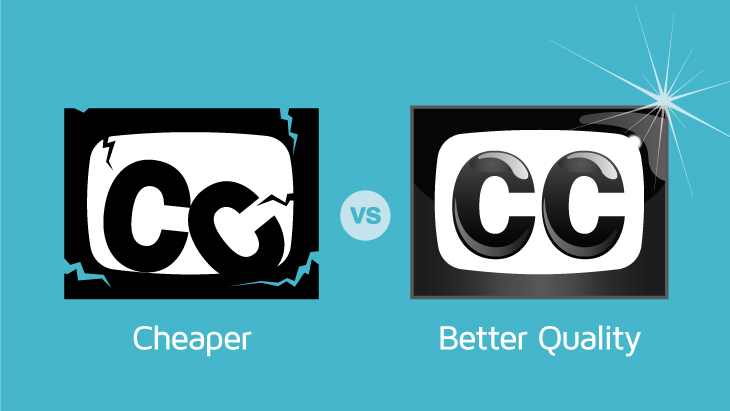
The FCC averages around 500 closed captioning quality complaints per year. Imagine the level of frustration felt by the hearing impaired person that actually takes the time to register a complaint.
When you consider that the majority of Americans can’t seem to find the time to vote – the fact that someone would take the time to complain to a government agency shows the level of angst they must be feeling.
CONTINUE READINGOctober 08, 2015 By Ryan Hawthorne
Fishers of Men: The Importance of Quality Closed Captioning in Ministry Broadcasts

A pure gold brick wrapped in an ugly package.
If you’re a ministry organization, and you’re settling for poor quality closed captioning, that’s exactly what you’re offering to deaf and hard of hearing parishioners.
CONTINUE READINGOctober 07, 2015 By Ben Kalb
Reaching Your Target Audience – Why Closed Captioning is Important

The accuracy of closed captioning is important. It affects nearly 40 million Americans who are hard of hearing or functionally deaf.
Next time you’re at the gym watching the TV scroll closed captioning, notice how many times “there” should be “their.” What about homophones like carat, caret and carrot? We’ve all seen the viral videos of closed captioning gone wrong, but if you’re deaf or hard of hearing, it’s not very amusing at all.
CONTINUE READINGJanuary 18, 2017 By Derek Nicol
The First Deaf Hero in Closed Captioning History

If closed captioning could salute its pioneer, Emerson Romero would be the man. He was a Charlie Chaplain impersonator, an actor for silent movies, and the first to champion accessible media. The best part—he was deaf.
CONTINUE READINGJanuary 18, 2017 By Ryan Hawthorne
FCC Captioning Quality Improvements
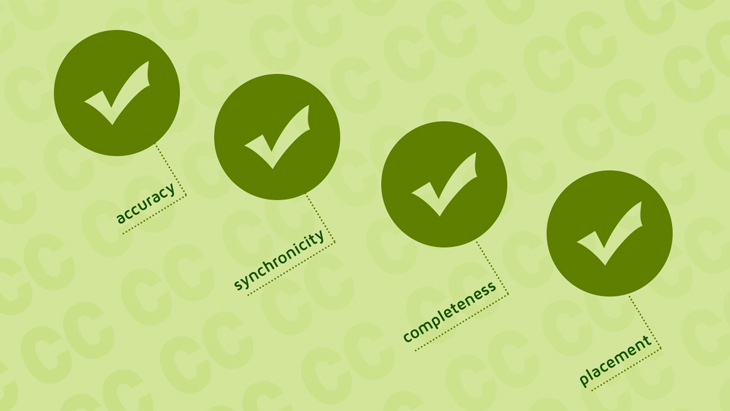
The FCC unanimously voted to adopt new standards for closed captioning on television programming. The new rules are meant to ensure the best efforts of video programming distributors to improve closed captioning quality. The new standards focus on quality improvement to post-produced closed captioning in four specific areas: accuracy, synchronicity, completeness and placement.
CONTINUE READINGJanuary 18, 2017 By Ryan Hawthorne
The Hidden Reading Tutor
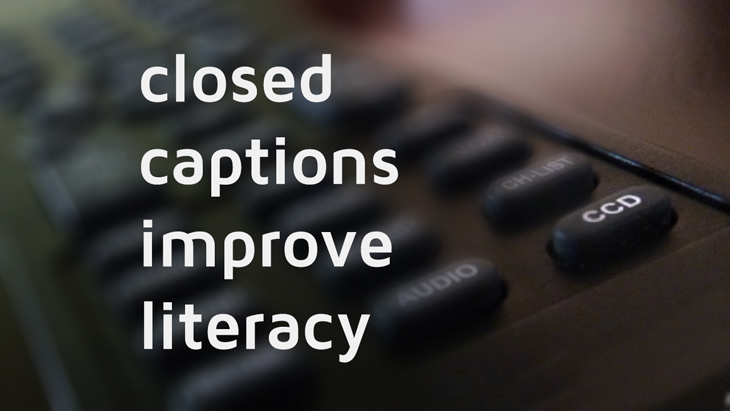
Students around the country are now back in school following the holidays. This year, though, the break meant a unique assignment for some elementary students in Memphis, Tennessee.
CONTINUE READINGJanuary 18, 2017 By Ben Kalb
Tapeless Broadcast

CaptionLabs proudly introduces the addition of StationDrop to its already popular closed captioning services. StationDrop allows producers to deliver full-length broadcast programming to stations and networks digitally with no hassle, no tapes and no shipping.
CONTINUE READINGJanuary 18, 2017 By Ryan Hawthorne
Transcription: From Man or Machine?

One of the most common questions asked about the closed captioning process centers around transcription. Many people inquire about whether transcription is an automated process using voice recognition, or if it is still truly a function done best by humans.
CONTINUE READINGJanuary 18, 2017 By Ben Kalb
YouTube Introduces New Caption Features
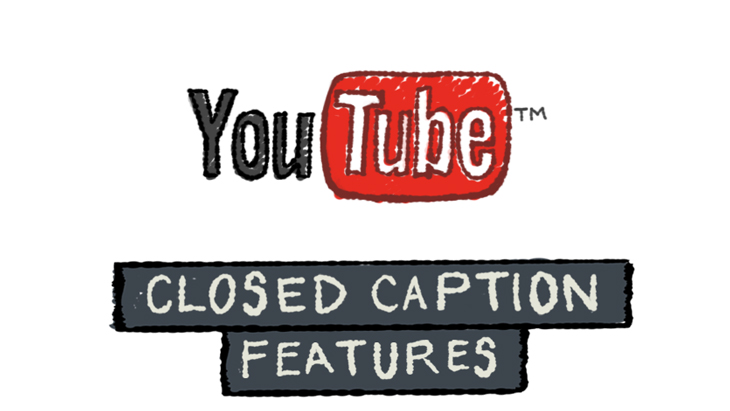
Recent YouTube improvements have made watching online videos with captions better than ever. Since YouTube’s introduction of caption support in 2006, the social media site has been a trendsetter for online accessibility.
CONTINUE READINGJanuary 18, 2017 By Ben Kalb
FCC Sets Deadlines For Internet Captioning

Another important milestone to providing accessibility over the Internet has been reached. In October 2010, President Obama signed the 21st Century Communications and Video Accessibility Act (CVAA) into law. Among the things it required was closed captioning for video programming delivered over the Internet.
CONTINUE READINGJanuary 18, 2017 By Ryan Hawthorne
Premiere Pro Makes Adding Captions Easy

Many editors and producers often wonder how to add closed captioning to their video projects. Fortunately, this process is becoming easier and easier due to great improvements in editing software.
CONTINUE READINGJanuary 18, 2017 By Ben Kalb
Adding Captions in DVD Studio Pro
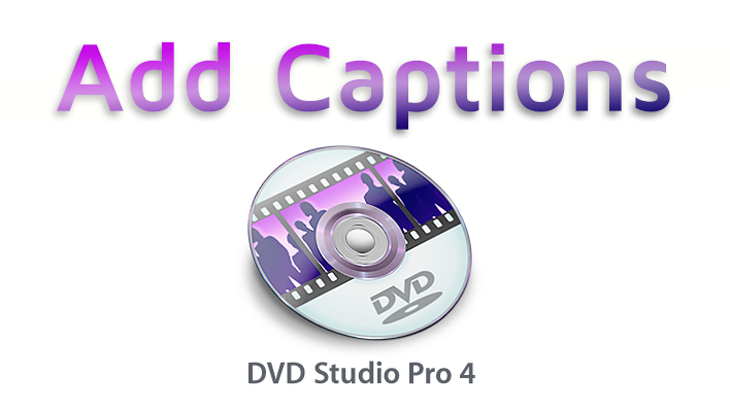
Many people are aware that a DVD can contain subtitles, but few realize that closed captions can also be included. In fact, authoring a DVD with captions may seem like a daunting task, but it is actually a much easier process than you might think.
CONTINUE READINGJanuary 18, 2017 By Ryan Hawthorne
Live Event Captioning

The conversation surrounding closed captions has traditionally focused on the television set and, more recently, even around Internet based video services. What is often overlooked, though, is the great need for accessibility at live entertainment events.
CONTINUE READINGJanuary 18, 2017 By Ben Kalb
Understanding Captions (and Their Place)

Almost everyone has used captions at one time or another, whether they are hearing impaired or not. Think about it – how many times have you read captions in a restaurant or at the gym? Closed captions are used everywhere.
CONTINUE READINGJanuary 18, 2017 By Ben Kalb
New Closed Captioned Complaint Rules

Closed captions link whole segments of the population to the world, and that link is about to get stronger.
CONTINUE READINGJanuary 18, 2017 By Ben Kalb
Final Cut 7 Makes Adding Closed Captions Easy and Economical

Adding closed captioning to your TV show in the edit suite just became a little easier. Thanks to new methods using Final Cut Pro and a supported AJA video card, there has been a revolution in the way captions are encoded.
CONTINUE READINGJanuary 18, 2017 By Ben Kalb
Thinking of Captions Outside the Box

Many people associate captioning only with the deaf and hard-of-hearing community. It’s true that millions of Americans depend on captions for news and entertainment, but the benefits of captioning extend far beyond.
CONTINUE READINGJanuary 18, 2017 By Ben Kalb
Ask Your Tax Man

It’s been said that “only two things are certain in life — death and taxes”. Although this is a funny little saying, it also seems very true, doesn’t it? Well, here’s a little tip that may save your small business some money. If you have closed captioned programming, you may be eligible to receive a tax credit for providing accessibility to persons with disabilities. It’s called the Disabled Access Credit and is reported on IRS form 8826.
CONTINUE READINGJanuary 18, 2017 By Ben Kalb
Who Is Required To Close-Caption?

With only a few exceptions, all programming for broadcast in the United States must be closed captioned. The rules for the requirement of closed captions were directed by the U.S. Congress in the Telecommunications Act of 1996 and became effective starting in 1998. Since then, the required amount of captioning has been steadily increasing. Today, nearly 100% of all English and Spanish language programming is closed captioned.
CONTINUE READING






































































